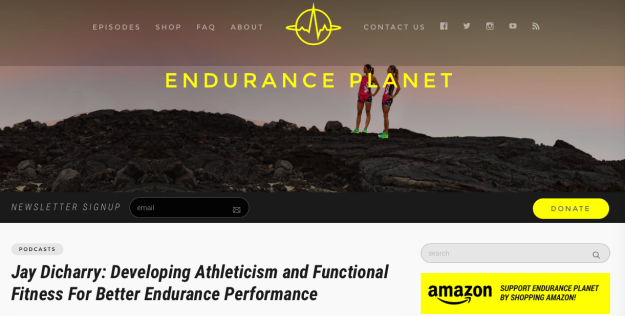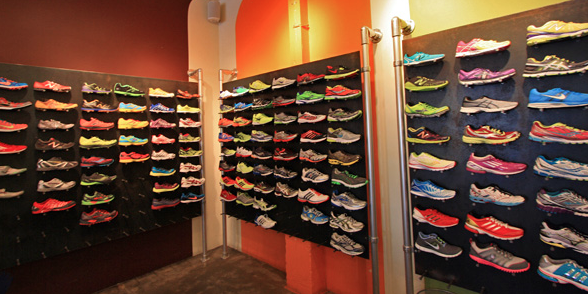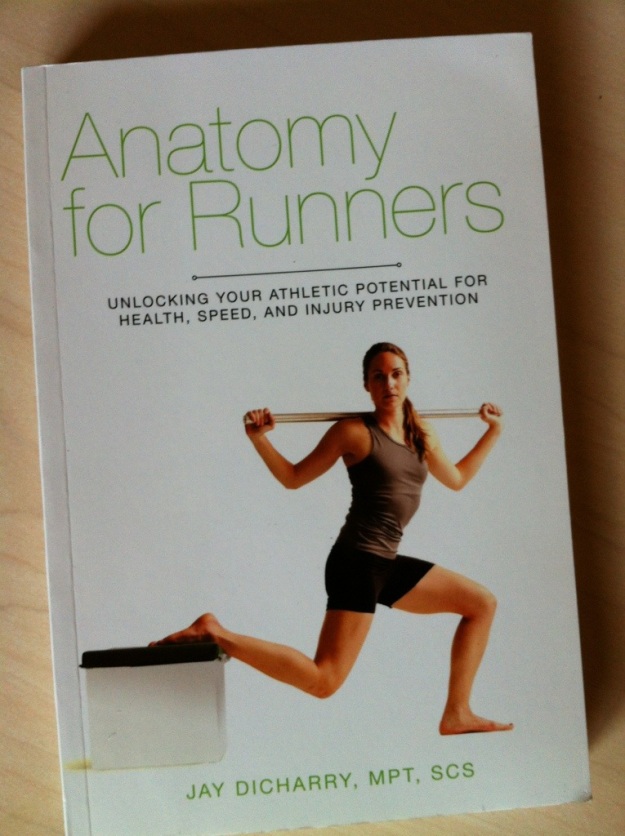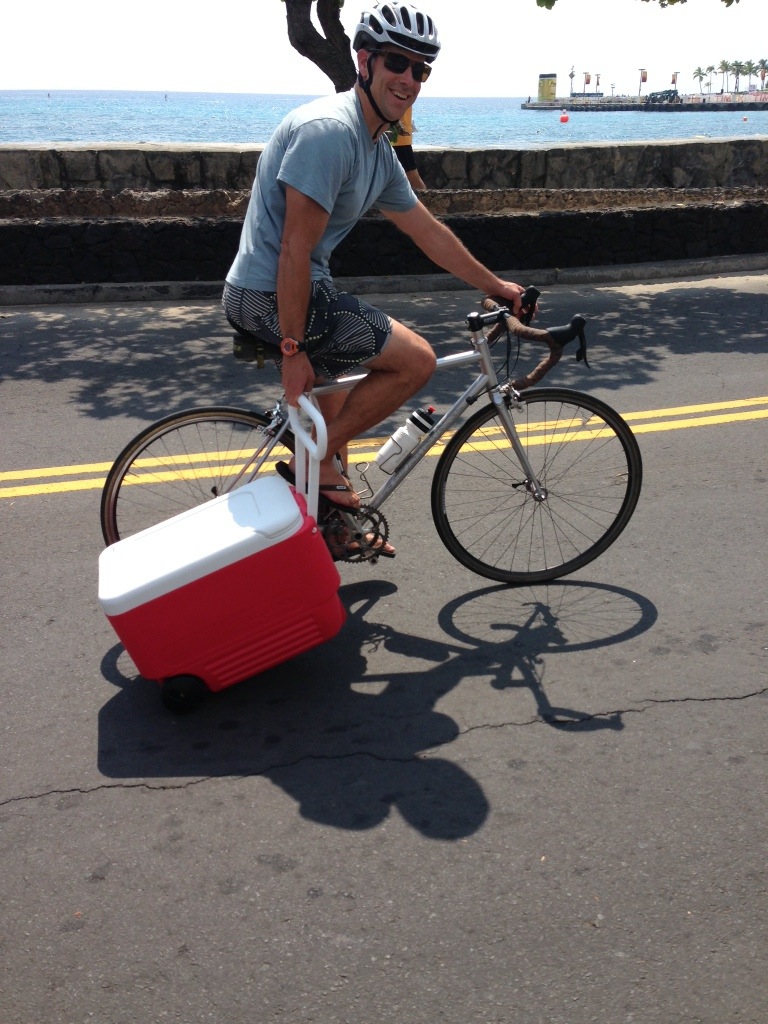Cycling is a balance act – you want to produce as much power as possible to make your bike move forward, while maintaining comfort, aerodynamics, handling, and safety. But quite often, we loose sight of the big picture in search of the “fastest looking position.” The most common question I get from time trialists and triathletes is, “Can you make me more aero?” Let’s tackle this issue head on using an example, and some science.
 Several years ago, I did a fit on a medical resident; we’ll call him Bill. He was three years into his cycling career and was doing quite well at the district and state level. He came and saw me for a bike fit on his time trial bike. His goals were to podium at state and place top 10 at nationals, and also to eliminate his low back pain on the bike. I’ll spare you the details, but after his fitting, his back pain was 100% gone, he won state, and placed 4th at nationals in the 40K time trial. The next year, he stood on the podium at nationals. Bill was very happy.
Several years ago, I did a fit on a medical resident; we’ll call him Bill. He was three years into his cycling career and was doing quite well at the district and state level. He came and saw me for a bike fit on his time trial bike. His goals were to podium at state and place top 10 at nationals, and also to eliminate his low back pain on the bike. I’ll spare you the details, but after his fitting, his back pain was 100% gone, he won state, and placed 4th at nationals in the 40K time trial. The next year, he stood on the podium at nationals. Bill was very happy.
Right after nationals, Bill graduated and began making more income and sought out the advice of a wind tunnel to squeak out a performance advantage. The folks in the wind tunnel were able to produce a 28% improvement in his drag coefficiency. This is a very, very large improvement in aerodynamics! Bill left and was excited to see how this new position would play out over the season.
Well, things didn’t play out so well. Bill called after several months of riding in his new position. His back pain returned. He hadn’t made the podium in a single time trial all season. And he wasn’t able to hit the same power output on his new time trial position that he could easily hit on his road bike. Guess what we did? We adjusted his fit exactly back to where it was when we last worked together. Bill made the podium in his next race, and the next, and the next, and won nationals. Bill was happy again.
What happened? Bill hit the tipping point. Sure, he was more aerodynamic, but aerodynamics don’t make you ride fast; producing power does. Let’s back this up with some data:
- The chief obstacle you have below 11 mph is the rolling resistance of your tires. At slow speeds, nothing matters more than tires and pressure.
- When your average speed is above 25 mph we should begin to have talks on aerodynamics, and when your average speed is above 27 mph we really need to address aerodynamics. But for most riders, you’ll gain more speed by producing more power over your entire race distance rather than aiming to adopt a sleek, aerodynamic position.
- Comfort matters. For most competitive cyclists, it’s likely you’re signing up events that 40K or longer. Those of you doing Ironman distance events are spending 5+ hours on the bike. Don’t try to replicate the overly aggressive position of a Tour de France time trailer (whose TT is quite short) just because you think it looks cool. You’ll end up so uncomfortable in your aerobars that you won’t be able to stay in them for long.
- Power comes from your hips, not your knees. If I told you that you had a muscle in your body that had the best leverage of any other muscle, and was more resistant to fatigue, wouldn’t you want to tap into that muscle? You do have that muscle; it’s called your gluteus maximus. Strong quads are nice, but a proper position on the bike optimizes your glut to drive the pedals.
To get aerodynamic, most riders opt for a low, forward position to get their trunk down and out of the wind. This creates two issues. First, it compromises power by shifting emphasis from muscles in your hips (very fatigue resistant) to your knees (fatigue quicker). Poor compromise. Second, I’ve personally been in the wind tunnel with athletes and it is possible to get excellent drag numbers while maintaining a very powerful pedal stroke. This gets complex and very individualized, but good bike fitters can not only help you look better to the wind, but look better to the clock
















